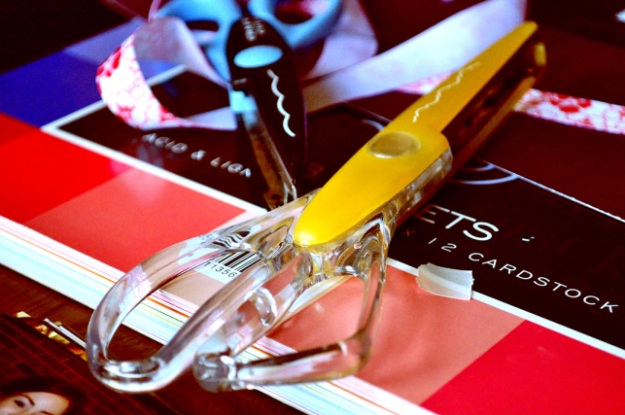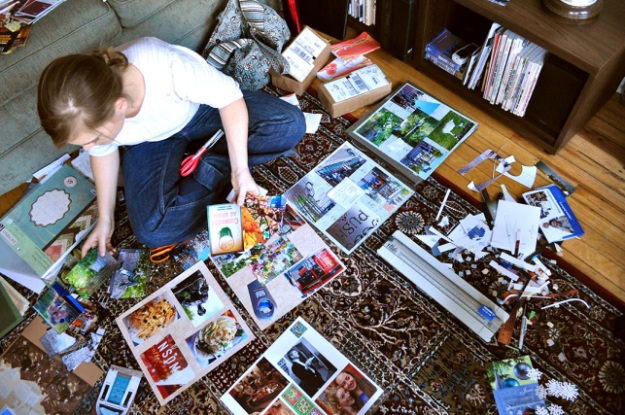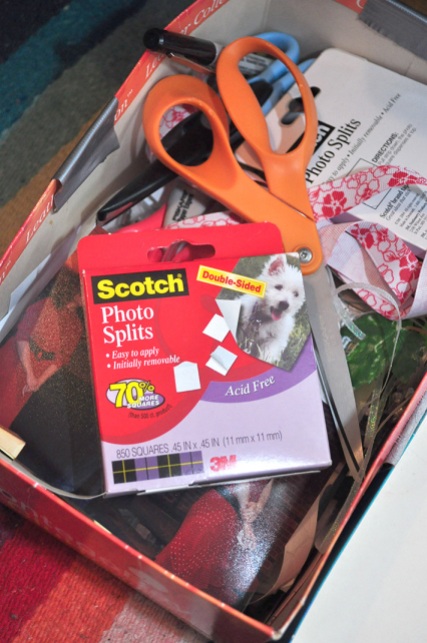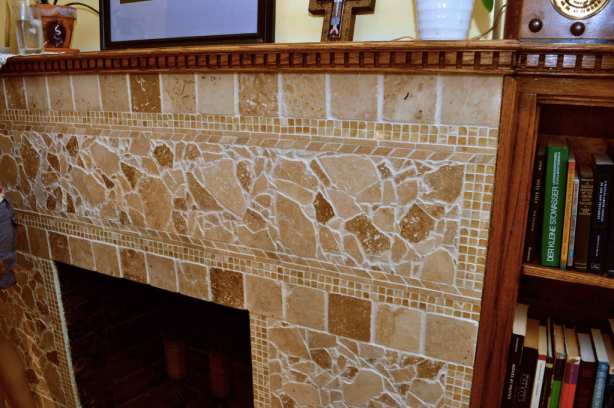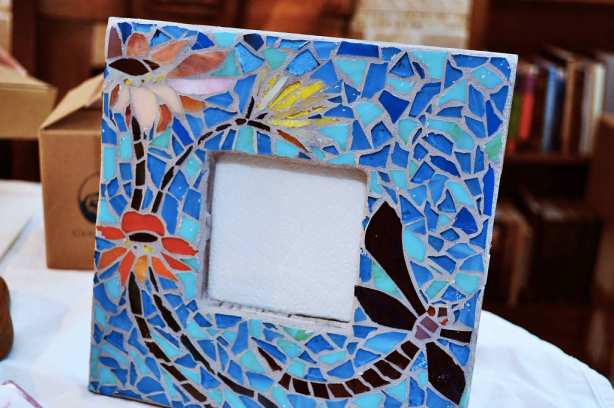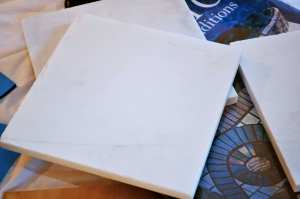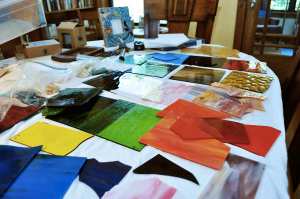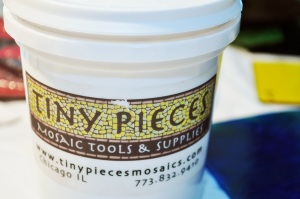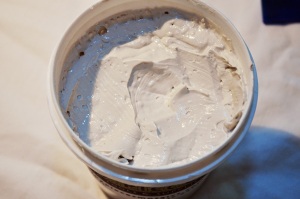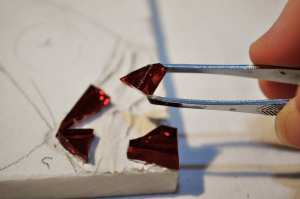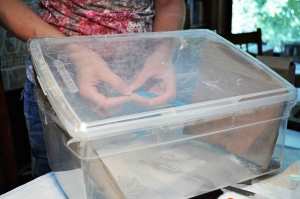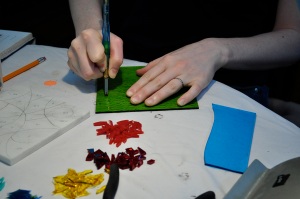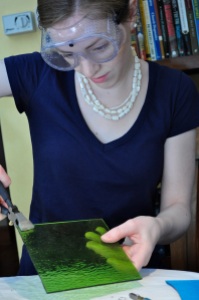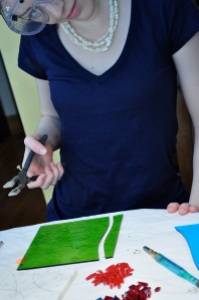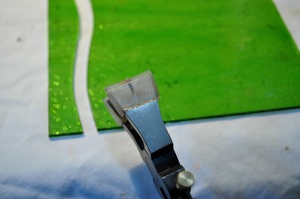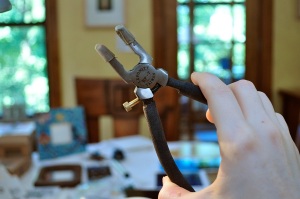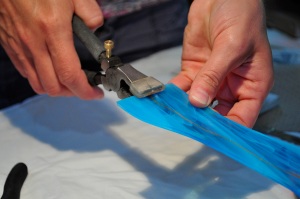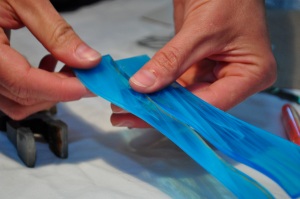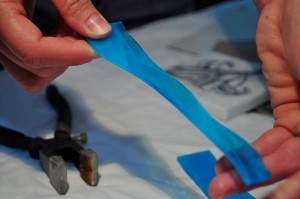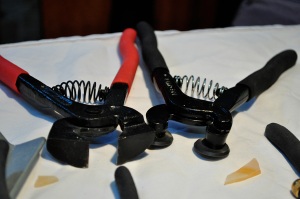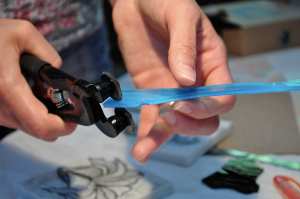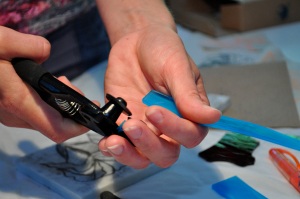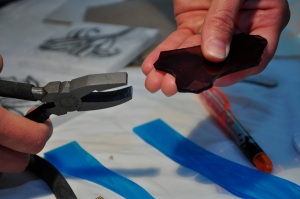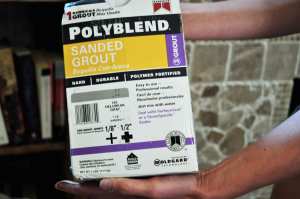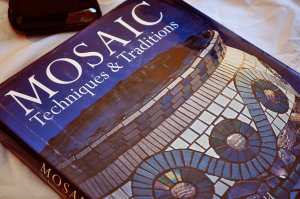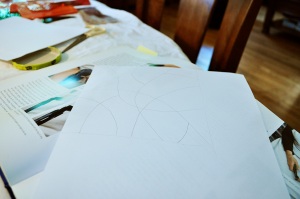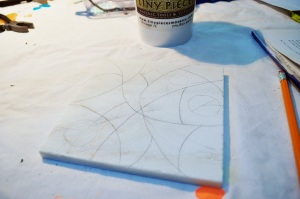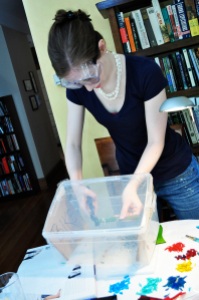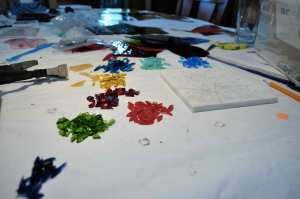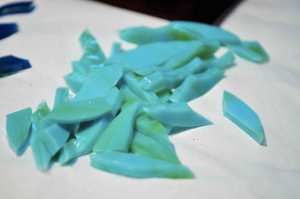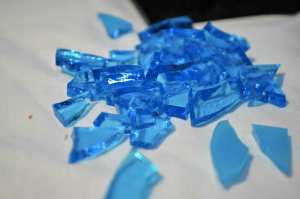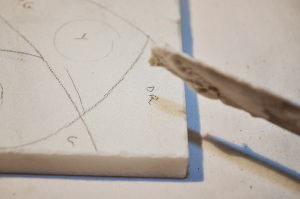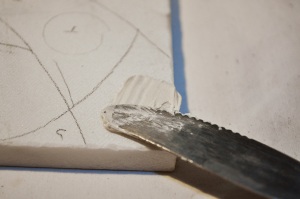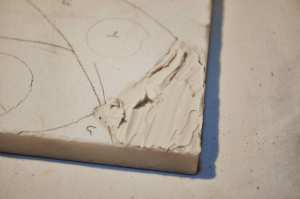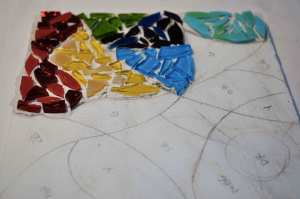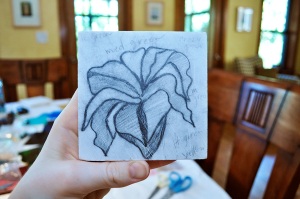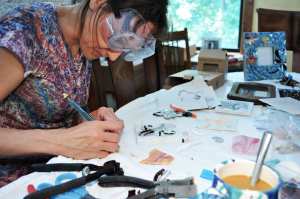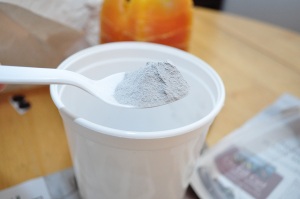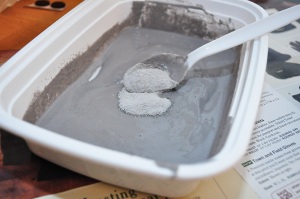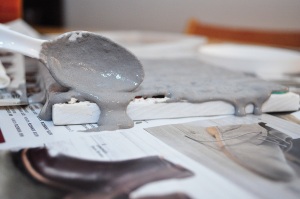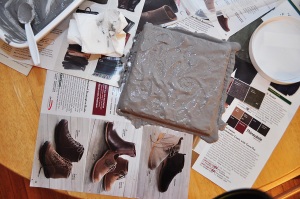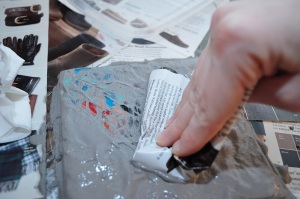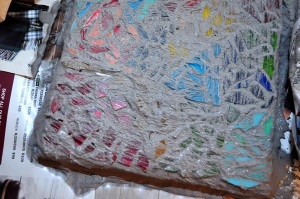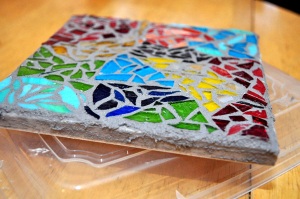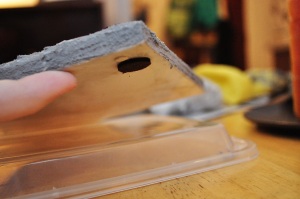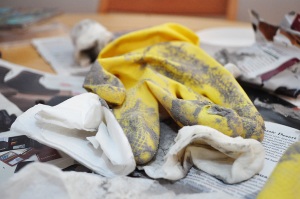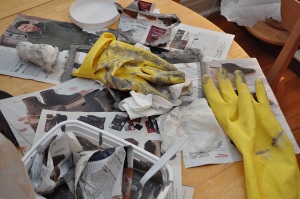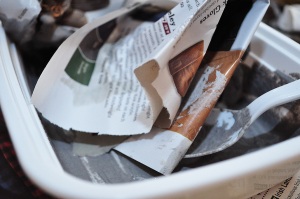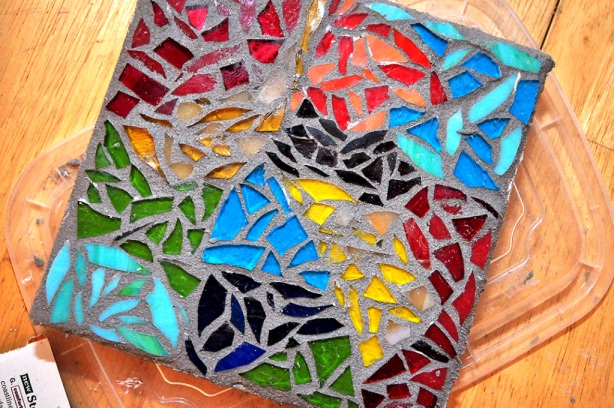It’s that time of year when it’s no longer just cool or chilly outside, but plain old friggin’ cold. I love the continuous desire to drink hot cups of delicious concoctions (cider, coffee, hot chocolate, hot toddies) . . . but there’s also a component of letdown: it’s now officially too cold to take walks along the lakeshore–the wind gives me an earache and my nose starts to detach itself from my face. It’s dark by the time I get home from work. I have no idea what to wear since I have temporarily forgotten how to layer my clothing.
Sometimes you need a little positive thinking to get through these dark evenings: this is why I like to scrapbook as the fall turns into winter. In fact, isn’t today the first official day of winter? Or something?
Please note the bewildered expression on my husband’s face: What has happened to our living room??? Should I make a run for it?
In this digital age, a lot of people use the internet to post their pictures. I have joined the ranks—I love posting pictures on my blog and on facebook. I love being able to look at other peoples’ pictures and follow things like the growth of their children from a State or sometimes a continent away with a simple click of the mouse. However, I also find incredible pleasure in having a book that I can pull off the shelf to look at many of these same pictures. I love making it, and I love having it available for the family to flip through when they’re visiting. Plus, it’s fun to look at the photo albums on a couch piled high with family members—you just don’t get that same cozy feeling from a computer screen.
Once a year, when September rolls around, I look through my gazillion pictures from the previous 12 months and pick which ones I want to print. This year, I uploaded my selections to walmart.com, and about a week later they were delivered to my door.
Then about a month went by. Don’t ask me what happened during that month, because all of a sudden October seems like a big blank.
I know I scrapbooked twice in November, and then got hit by the Thanksgiving truck and haven’t yet recovered. I still have a lot of scrapbooking ground to cover, but that will give me something to do in January and February to avoid the post-holiday blues.
Some scrapbookers like to buy stickers, fun backgrounds, ribbons, stamps, and the like. I applaud these people—they create beautiful scrapbooks! But it can cost a lot of money when you add it all up—a couple bucks for each sheet of stickers, a couple more bucks for some pretty background paper, etc. My solution is simple: I like to use all the paraphenalia I’ve saved through the year such as menus, fortunes from cookies, programs, tickets, brochures, thank you notes, invitations and the like, to decorate my pages. It’s cheaper, it gives you a place to store that wedding invitation you just can’t bear to throw away, and ultimately it creates a very meaningful album.
On this page I used a cut-up Christmas card with little squares representing the 12 days of Christmas.
Once the prints arrive, I bring out all the above-mentioned paraphernalia and begin the master sorting: it’s time to put everything (pictures and paraphenalia) in chronological order. I like to do a pile for each month. This is a big task—but a fun one! I forcibly involved my husband because he’s the only one who can remember when the heck things happened.
Once everything is chronologically organized into neat piles, I get my tools:
- 12×12’’ Memory book pages
- Scissors
- Paper cutter (after years of pasting in crooked pictures that I had hand-cut, it was time)
4. Two-sided stickers such as these:
5. Colored construction paper and a sharpie marker for writing explanations/captions
Now it’s time for the creative part—assembling the pictures and stuff into pages! I love adding funny explanations, cutting pictures up to fit a sequence in together, color-coordinating everything, and even adding a Santa Hat to a hideous picture of Erica:
In case Erica isn’t pleased with this image of her, here is a link to a series of pictures more reflective of her beauty.
I recommend using a space that you don’t have to pick up at the end of the evening. It can take a while to put everything away while conserving the chronology, and for me, taking everything back out can seem so unappealing that I will procrastinate. So set yourself up—if possible—in a space that you can take over for a week or two, or however long it takes you. It saves a lot of time!
And that’s why my project is still dragging on. Because the two times I scrapbooked in November, I picked up after myself. Bad Jenna! I should know myself well enough by now to say that starting is always the hardest. Unless I’ve already started, in which case stopping is the hardest.
I also conned my friend Carrie into working on her scrapbook, which chronicles her trip to Ireland with her husband over the summer. Nothing like having a friend over to get your butt in gear.
As winter is upon us, this activity helps me look back thoughtfully on the previous year: what I’ve done, the friends I’ve spent time with, and all the fun things that I would have forgotten had they not been recorded. For me, it’s a time of thankfulness to God for all the blessings of the year, and a time to reflect on what’s truly important: loving and being with people!
Carrie, when can you come over to get my butt in gear again?
